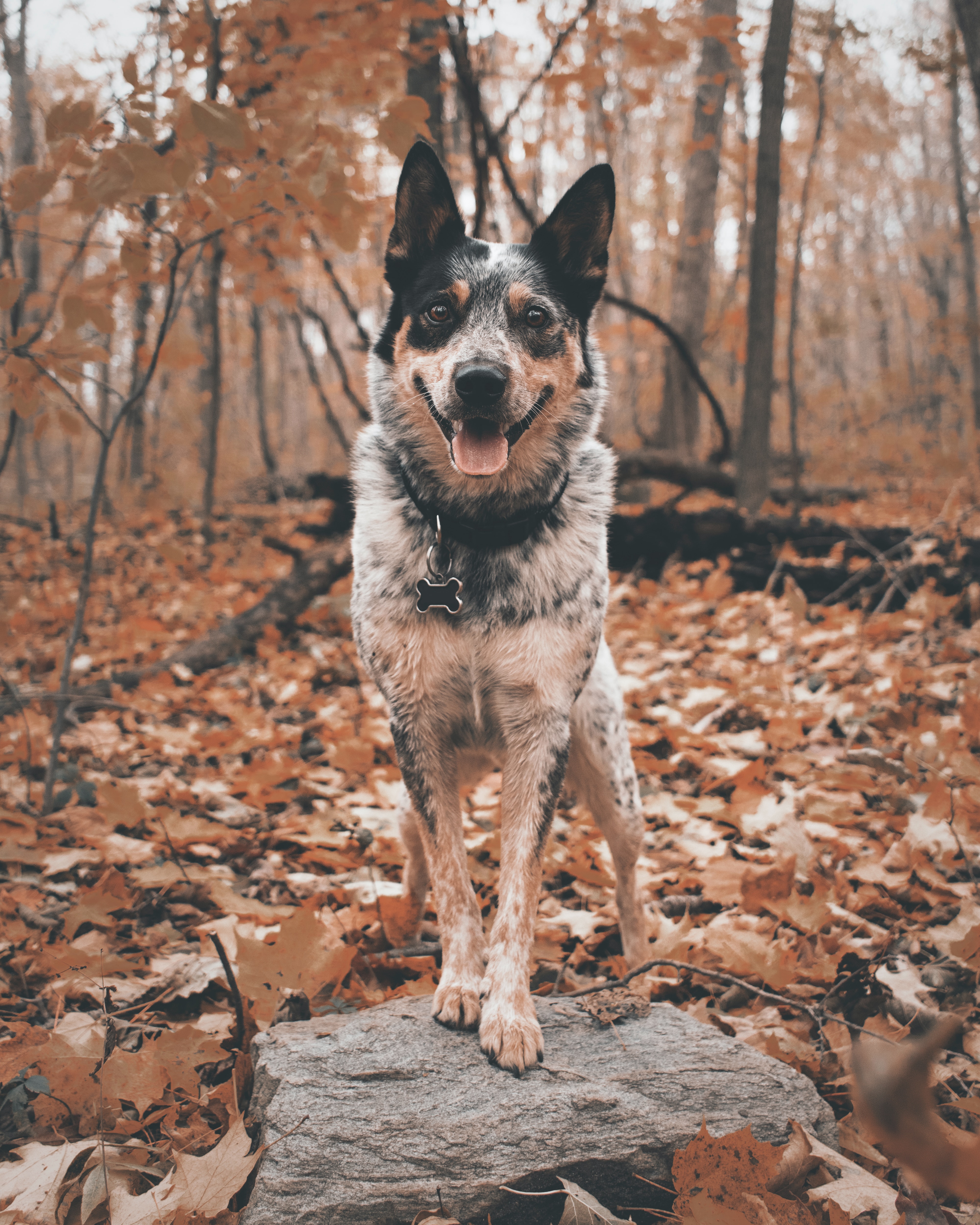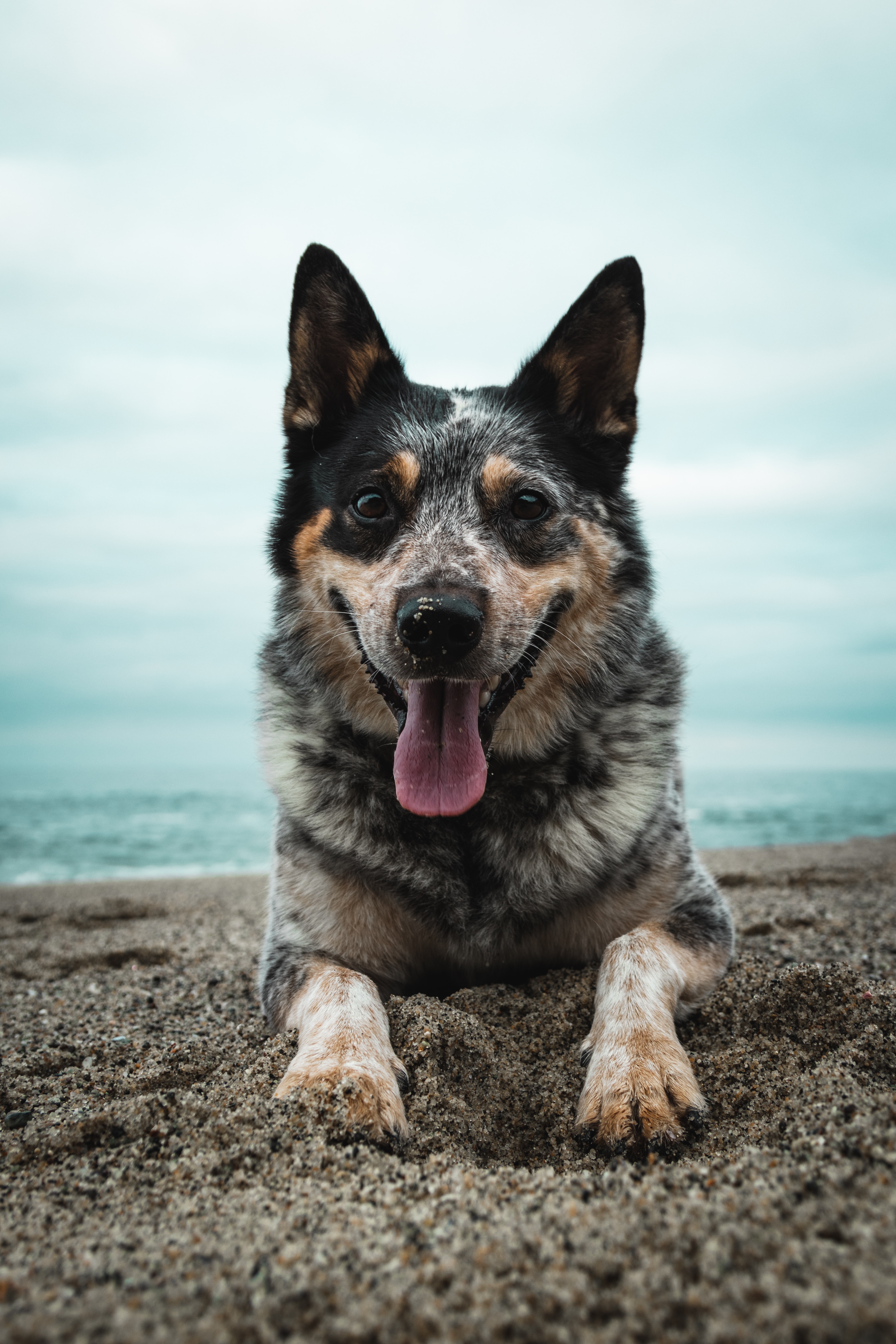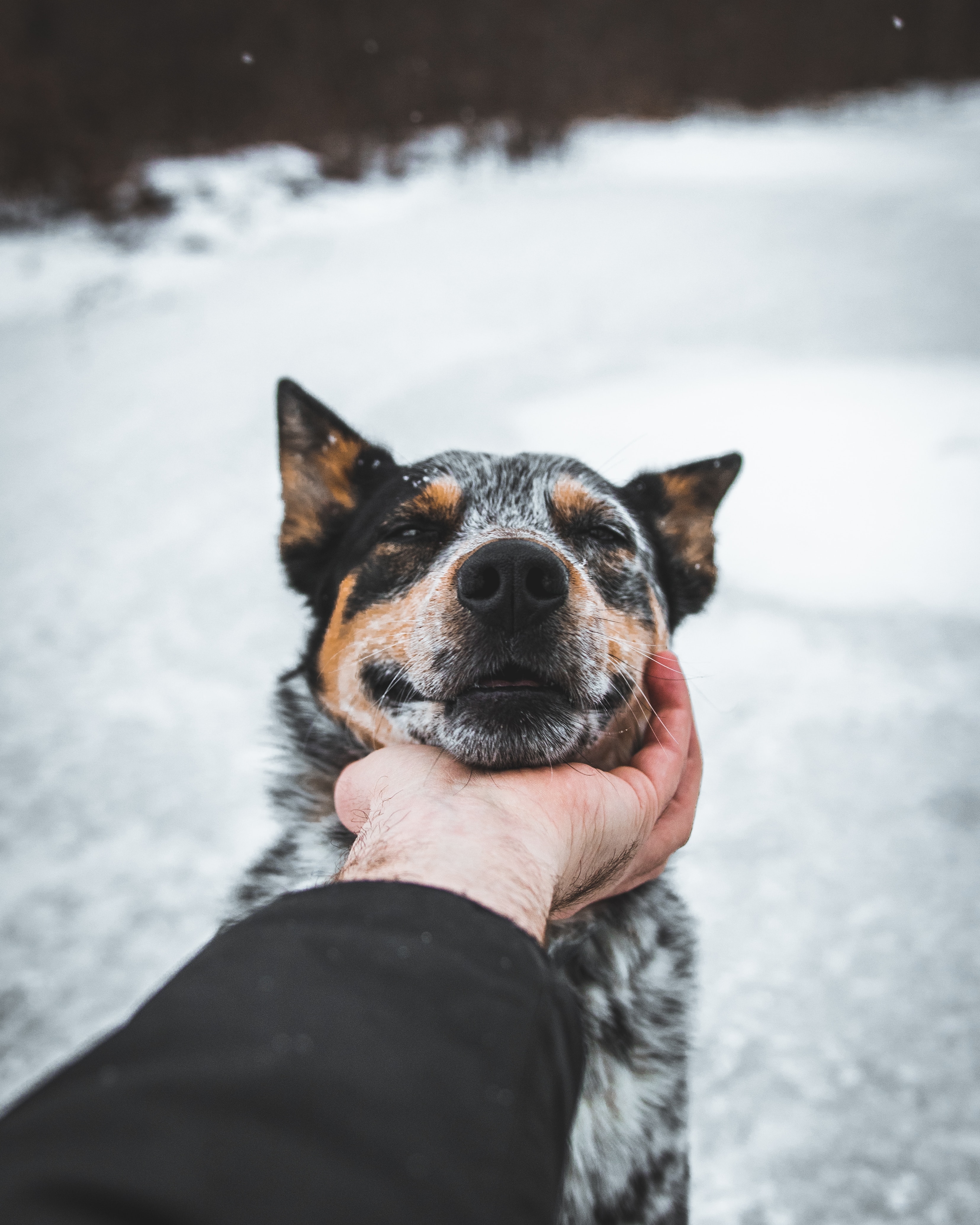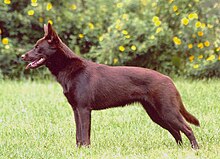
The Australian Cattle Dog, a breed of exceptional stamina and intelligence, was born out of Australia’s expansive ranching regions. Distinguished by its compact, muscular frame and unique mottled or speckled coat—typically in blue or red hues—this breed was specifically developed to herd cattle across vast distances under challenging conditions. Its keen instincts and boundless energy are hallmarks of its herding legacy. Often sporting a mask or patch over one or both eyes, the Australian Cattle Dog possesses a fierce loyalty to its owners, often forming an unbreakable bond. Though its work ethic is undeniable, it’s equally valued as a family companion for active households.
The Australian Cattle Dog is a member of the AKC Herding Group.
Breed Characteristics
| Dog Breed | Australian Cattle Dog |
| Breed Popularity (AKC) | 48 |
| Country of Origin | Australia |
| Personality | Intelligent, energetic, playful, good-natured |
| Life Expectancy | 12-16 yrs |
| Height | 17-20 in |
| Weight | 35-50 lbs |
| Color | Blue, Red |
| Coat | short double coat |
| Shedding | Regularly |
| Grooming | Occasional Bath/Brush |
| Health Problems | Dental problems, skin allergies, hip dysplasia |
| Trainability | May be Stubborn |
| Exercise Needs | Needs Lots of Activity |
Australian Cattle Dog History
Originally from Australia, the Australian Cattle Dog was developed in the 19th century by settlers to handle herds of cattle on expansive ranches. They’re a result of crossbreeding between native Australian Dingos and various herding breeds, including the Collie. Known for their boundless energy, intelligence, and agility, they’re often referred to as ‘Blue Heelers’ or ‘Red Heelers’ based on their coat color and tendency to nip at the heels of cattle.
Temperament
Australian Cattle Dogs are known for their intelligence and work ethic. Bred for herding, their behavior is focused and driven. They are highly trainable but require consistent and firm methods due to their independent nature. They have a high energy level, requiring regular exercise and tasks to stay engaged. Socialization from a young age is essential to ensure they’re well-behaved around unfamiliar faces. Their protective instincts make them excellent watchdogs, and they form deep bonds with their families.
Remember, while breed traits provide a general idea, individual dogs can have personalities that differ from the breed standard. Always spend time getting to know the dog and ensure their needs and temperament align with your lifestyle.
Grooming Requirements
Australian Cattle Dogs possess a double coat that benefits from regular brushing, especially during shedding seasons. Bathing should be done as needed, using a suitable dog shampoo. Routine grooming, including nail trimming and ear checks, are a must for this active breed.
Australian Cattle Dog Health
A hardy breed, the Australian Cattle Dog has a life expectancy of 12-15 years. Vaccination, deworming, and flea prevention are essential for their active lifestyle. While generally healthy, they can develop hip dysplasia. Their diet should be nutritionally balanced, enriched with good dog food and occasional treats. Neutering or spaying is a consideration for pet owners.
Exercise Needs
Australian Cattle Dogs are extremely energetic and intelligent. They thrive on vigorous exercise and mental stimulation. Daily long walks, agility training, and advanced fetch games are crucial. Visits to the dog park can offer playtime and socialization, but their herding instincts might come into play with other pets.
Training
Australian Cattle Dogs, bred for herding, require rigorous obedience training to channel their energy productively. Structured commands make potty training efficient, and crate training serves as a controlled environment. Addressing behavior problems early is vital given their work-centric instincts. Socialization is key to ensure they’re balanced and don’t become overly reserved.
Australian Cattle Dog Pictures



Related Dog Breeds
More Dog Resources
Are you thinking about getting a puppy? Make sure to check out our list of important questions to ask before you adopt a puppy.
We also have many resources to help, from naming your puppy to socialization resources and training tips.
Take me back to the Ultimate Guide to Dog Breeds



